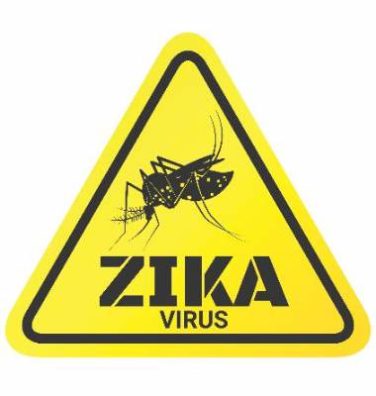FROM CLINICAL INFECTIOUS DISEASES
The 2010 replacement of 7-valent pneumococcal conjugate vaccine with 13-valent pneumococcal conjugate vaccine (Prevnar 13) has not reduced pneumococcal meningitis incidence, morbidity, or mortality in children, but the serology has shifted, according to a review of 173 cases of the illness at eight U.S. children’s hospitals published in Clinical Infectious Diseases.
Seventy-six (44%) of those cases occurred during 2007-2009 – before the switch was made – and 69 (40%) occurred afterward during 2011-2013. The remaining 28 cases were in the transition year of 2010 ( Clin Infect Dis. 2015 Sep 1;61[5]:767-75 ).
“Our study revealed that after the introduction of PCV13 [pneumococcal conjugate vaccine 13], the number of cases of PM [pneumococcal meningitis] per year remained unchanged,” said the investigators led by Dr. Liset Olarte of the Baylor College of Medicine in Houston.
However, serology has shifted; the proportion of PCV13 serotype cases decreased from 54% during 2007-2009 to 27% during 2011-2013, meaning that non–PCV13 serotype cases represented 73% of all isolates during 2011-2013.
Antibiotic resistance also has decreased significantly. “After the introduction of PCV13, we found a significant decline in ceftriaxone-nonsusceptible isolates (MIC at or above 1 mcg/mL) from 13% to 3%. No ceftriaxone-resistant isolates (minimum inhibitory concentrations [MIC] at or above 2 mcg/mL) were identified in 2011-2013. … These changes were closely related to the decline of serotype 19A.” Serotype 19A – which is covered by PCV13 – decreased 44% from 2007-2009 to 2011-2013, but remained the most common serotype in 2011-2013, the investigators said.
“If this trend continues, vancomycin may no longer be required as empiric therapy in addition to ceftriaxone or cefotaxime for children who are fully immunized with PCV13,” but “nonsusceptibility to penicillin is still relatively high; therefore, ceftriaxone or cefotaxime should continue to be the antibiotic of choice for empiric therapy. An increasing predominance of penicillin-nonsusceptible, non-PCV13 serotypes, such as 35B in the United States, warrants continuous monitoring of pneumococcal isolates,” they said.
There were slightly more boys than girls among the 173 cases, and about half the cases were in white children. The median patient age was about 1-2 years, and about a third of the children had an underlying disorder, with CNS problems such as head trauma or hydrocephalus being the most common. About half the children were thought to have been adequately immunized.
There were three (4%) deaths from 2007-2009; two (7%) in 2010; and seven (10%) from 2011-2013; the differences were not statistically significant.
The investigators are part of the U.S. Pediatric Multicenter Pneumococcal Surveillance Study , which includes Baylor, the University of Pittsburgh, and other universities and affiliated children’s hospitals.
The work was funded in part by Pfizer, Prevnar’s maker. The investigators said they had no financial conflicts.




